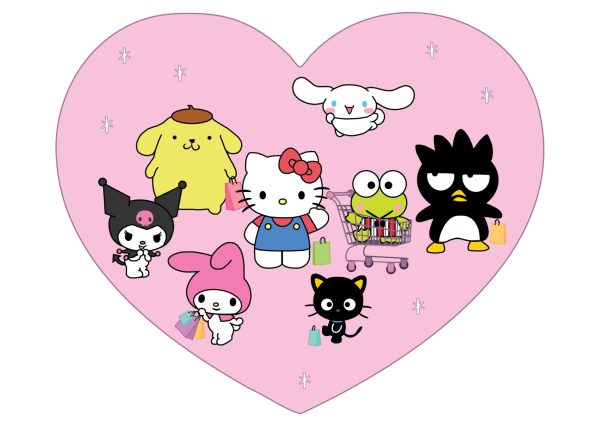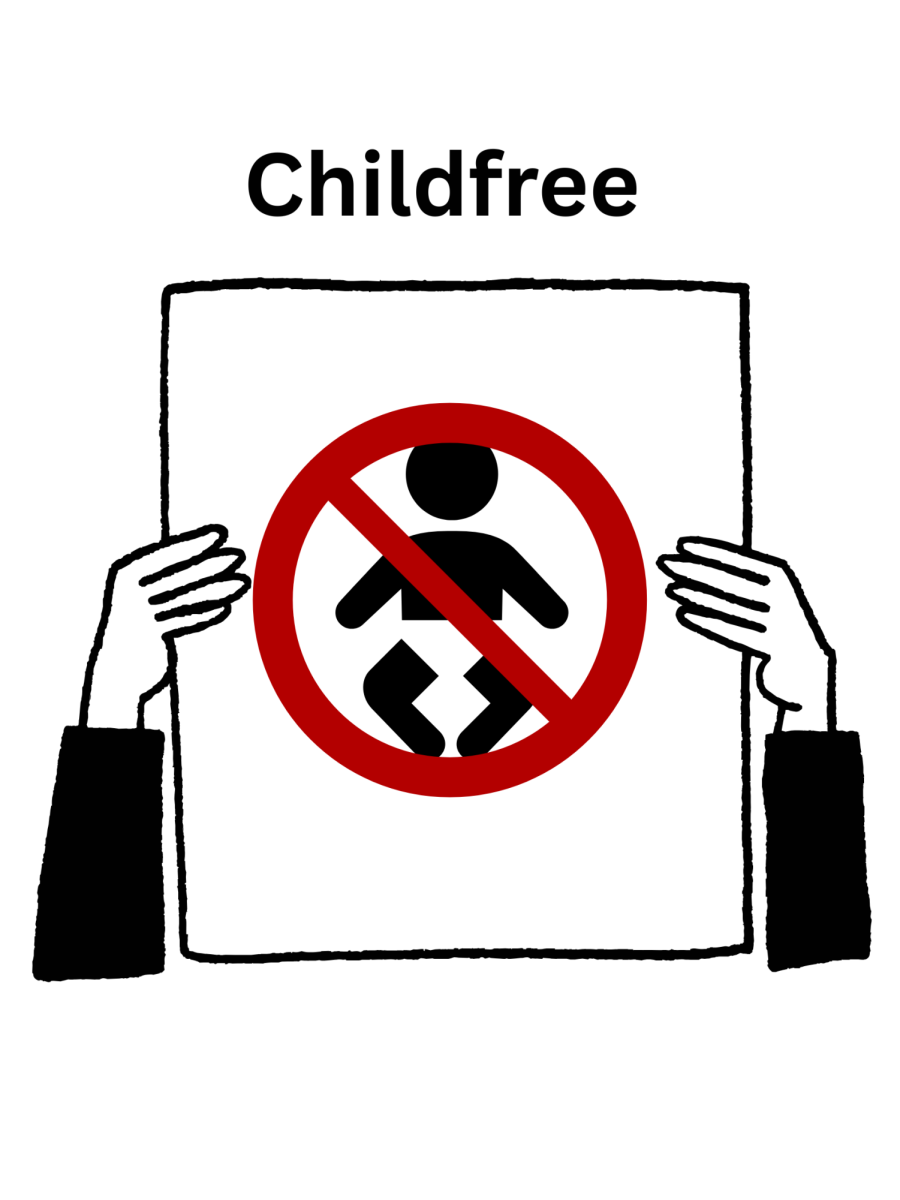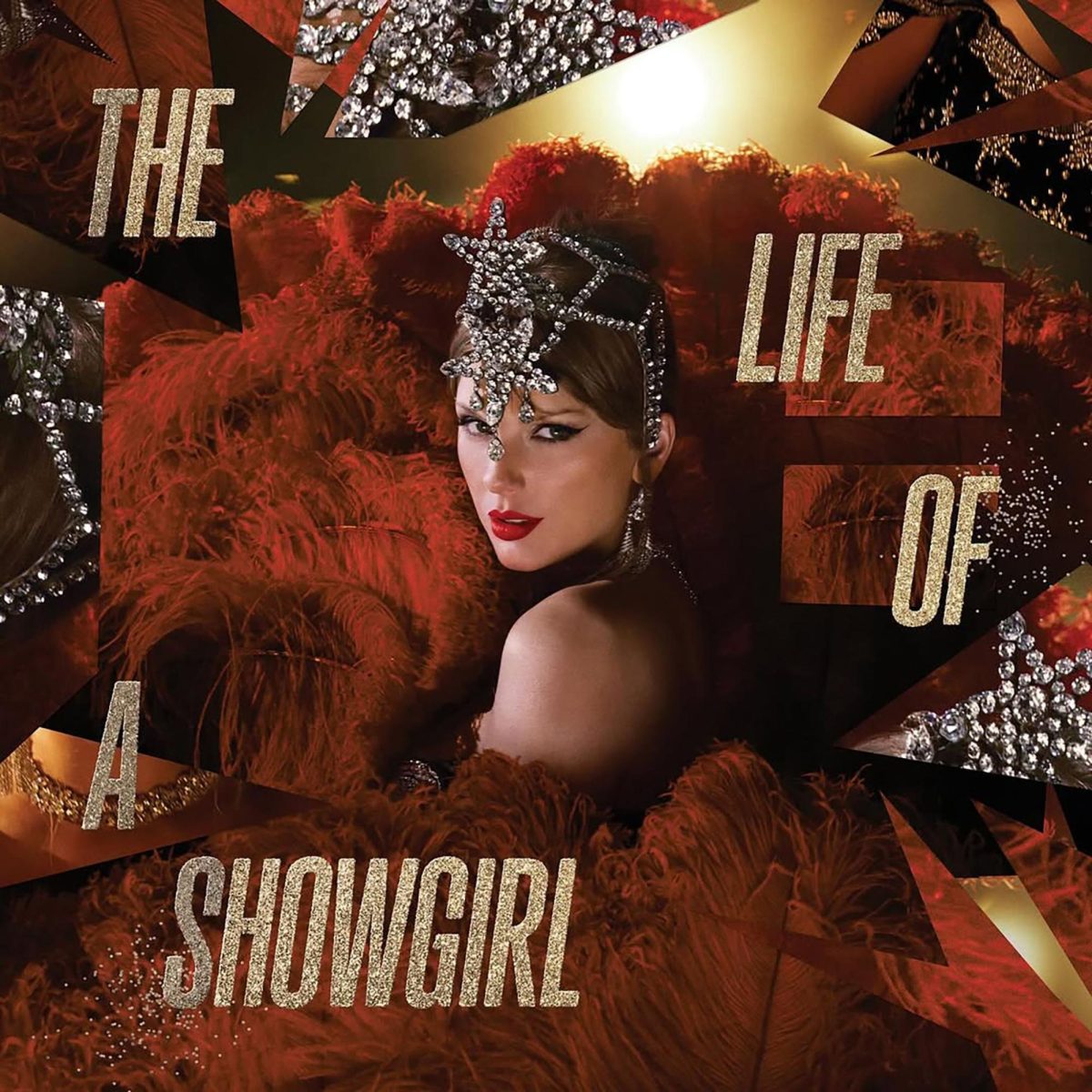
According to Archyde, Sanrio has amassed over $89 billion in sales. Personally, I grew up loving Hello Kitty, because of how cute and friendly her character is. When I was younger, I even had a Hello Kitty-themed birthday party, after falling in love with the character.
Fast forward to the future, my love for Hello Kitty has only grown. And, I’m not alone in this, as there has only been an increase in Hello Kitty mania. According to the BBC, Hello Kitty mania is not just in Japan, but worldwide.
The Hello Kitty mania has unfortunately even led to dangerous incidents. For example, in Singapore, there was a shortage of toys displaying the cat in a McDonald’s restaurant. Due to high tensions, a riot ensued. Seven people were injured and three were taken to a hospital for treatment.
Hello Kitty resonates with people worldwide for more than her aesthetic. “Hello Kitty represents the deep desire among all people, regardless of nationality or race, to feel joy and happiness, without having to qualify it at any deep intellectual level,” says Roland Nozomu Kelts, the author of “Japanamerica: How Japanese Pop Culture Has Invaded the U.S.”
Whenever I go on TikTok, my “For You” page is full of videos on new products related to Hello Kitty. Recently, I saw a video on Hello Kitty-themed fall blankets available at HomeGoods. However, the blankets quickly sold out, and online sellers were selling them for high prices, at triple the original price value. I was shocked at how high the prices were for blankets that were originally $24.99. As much as I love Hello Kitty, I started to ask myself if this mania was justified, or if it is related to America’s innate love for consumerism.
Consumerism is the idea that one’s happiness is related to the amount of things one purchases. Essentially, it’s giving too much attention to buying and owning things, often things that are not really necessary. From what I see on TikTok, my opinion is that people seem to be heavily concerned with accumulating Hello Kitty items, thinking that it will bring them happiness. However, since capitalism encourages us to acquire more and more, which will finally lead us to fulfillment, happiness is fleeting.
According to the American Psychological Association, the least materialistic people report the most life satisfaction. Thus, concluding that material items don’t correlate with happiness. However, on the other hand, the opposite is true. “People with strong materialistic values appear to have goal orientations that may lead to poorer well-being,” says Tim Kasser, Ph.D., a Knox College psychologist and co-author of the book “Psychology and Consumer Culture” (APA, 2004), highlighting experts’ research and views on consumerism. Kasser recommends focusing on intrinsic goals, such as personal growth, which can be more fulfilling.
According to Psychology Today, the brain releases dopamine and endorphins when you make a purchase. This is what makes shopping feel good, the release of feel-good chemicals, such as dopamine. Most times, it’s not the actual product we want, but rather the fulfillment we think the product will give us, even in the short term, ex. happiness.
More recently, I’ve been practicing “mindful consumption.” which is being conscious about your choices as a consumer. Before I make a purchase, I think about two questions. First, do I have something similar to this product already? Second, is this purchase essential, or is it a want?
Of course, I still enjoy purchasing Hello Kitty products and will continue to. Most importantly, I’ve had a mindset shift in my role as a consumer. When I think critically about my choices as a consumer, I know that my fulfillment doesn’t depend on the material things I purchase








